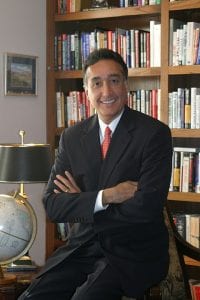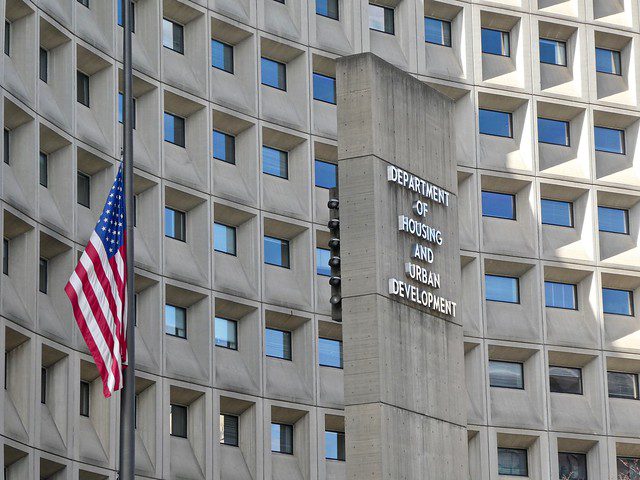Old Challenges Remain – New Challenges Arise
The fair housing movement finds itself facing both old and new challenges almost 27 years after the passage of the Fair Housing Act by Congress in Spring 1968. Progress has been made in reducing racial discrimination in housing, and the 1988 amendments to the act extended its coverage and strengthened HUD’s ability to enforce it.
Yet the United States still faces daunting problems in race relations. Studies continue to show pervasive discriminatory behavior in the real estate and mortgage lending industries. Such studies include: Clear and Convincing Evidence: Measurement in Discrimination in America (1993) by Michael Fix and Raymond J. Struyk; American Apartheid: Segregation and the Making of the Underclass (1993) by Douglas S. Massey and Nancy A. Denton; From Redlining to Reinvestment: Community Responses to Urban Disinvestment (1993) by Gregory D. Squires; and Living with Racism: The Black Middle-Class Experience (1993) by Joe R. Feagin and Melvin P. Sikes.
In the face of prevailing patterns of racial segregation in housing and neighborhoods, higher rates of mortgage loan and insurance rejection experienced by minorities, and continuing racial conflicts, the fair housing movement has sought to change federal policy. After 12 years of inaction or worse under the Reagan and Bush administrations, fair housing activists sought to have HUD and federal agencies that regulate lenders take a more active and interventionist stance. They took heart with the advent of the Clinton administration.

Henry Cisneros. Photo by CityView, CC BY-SA 3.0
They had reason to be hopeful during 1993-94. HUD Secretary Cisneros spoke eloquently of the need to deal with the racial divides separating central cities and suburbs and the middle class and the poor. HUD initiated Moving to Opportunity (MTO), a multi-city demonstration program modeled after Chicago’s Gautreaux experiment, to allow poor minority central-city residents the opportunity to move to suburban rental housing. Under Assistant Secretary for Fair Housing and Equal Opportunity Roberta Achtenberg, HUD initiated such policies as: enforcing anti-discrimination laws against segregated public housing authorities in East Texas, increasing funding for local fair housing efforts, and strengthening anti-redlining and affirmative marketing policies. In January 1993, President Clinton created a federal inter-agency fair housing group and HUD convened a national fair housing summit. For the first time in many years, the federal government seemed ready to take serious action on fair housing issues.
Events both before and after the November 1994 election have clouded this picture. Opposition to MTO in suburban Baltimore jeopardized its full funding. Facing post-election Republican intentions to drastically cut federal domestic spending, HUD Secretary Cisneros announced a “Reinventing Blueprint” for HUD in December 1994. This reorganization of HUD was reflected in the Clinton budget released in February 1995. Nevertheless, Cisneros did argue that HUD must still be committed to fair housing.
“Beyond the fate of our cities,” Cisneros said, “our national ideal of racial integration in a civil society requires strengthened efforts toward metropolitan responsibility.”
With a Republican Congress dedicated to budget cutting and the reduction of the federal role in regulating state and local government and the private sector, the power and influence of the banking and real estate lobbies are undoubtedly enhanced. The prospects are dim for further serious HUD initiatives in fair housing prior to the 1996 presidential elections. Once again, fair housing activists may have to concentrate their efforts more at the state and local levels, if leadership and support from the federal government are lacking.
Despite the persistent racial conflicts in the United States, a majority of Americans support open housing. Translating that opinion into pro-integrative governmental policy that is politically feasible remains the primary challenge facing the fair housing movement.




Comments